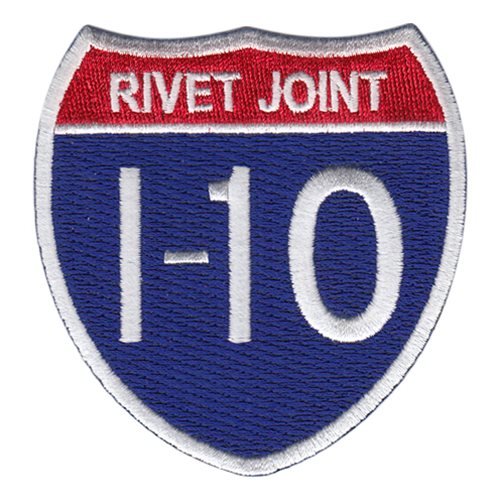

This type of joint is called double cover butt joint. In places where added rigidity and strength is required, two cover plates are usually incorporated, which are then riveted from the upper and the lower surfaces of the members. The clamping is produced using an external cover plate which is then riveted as above through the parallel drilled holes.Ī butt joint may utilize either a single cover plate or a couple of them.Īs shown in the figure below, butt joints which involve a single cover plate with the riveting are called single cover butt joint. The riveting is then done through the coincident holes (see figure).īutt Joint: Here, the two members or the elements are linked edge to edge in one straight line. Lap Joint: In this type the ends carrying the drillings of the two members are positioned such that their surfaces slightly overlap. Primarily there are two major types of riveted joints depending upon the way the structures may be joined: lap joints and butt joints.

Let’s discuss and learn the different types of rivet joints popularly incorporated with structural engineering.

Rivets and Types of Rivet Joints Explainedīasically rivets are bolt-like devices made up of ductile metals, which are inserted through parallel holes drilled across the joining members and punched from the other side to produce perfect and permanent firm locking joints.


 0 kommentar(er)
0 kommentar(er)
